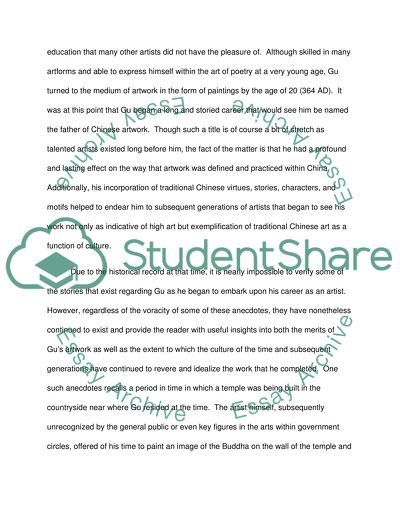Cite this document
(“Gu Kaizhi Research Paper Example | Topics and Well Written Essays - 1000 words - 1”, n.d.)
Gu Kaizhi Research Paper Example | Topics and Well Written Essays - 1000 words - 1. Retrieved from https://studentshare.org/history/1609099-gu-kaizhi
Gu Kaizhi Research Paper Example | Topics and Well Written Essays - 1000 words - 1. Retrieved from https://studentshare.org/history/1609099-gu-kaizhi
(Gu Kaizhi Research Paper Example | Topics and Well Written Essays - 1000 Words - 1)
Gu Kaizhi Research Paper Example | Topics and Well Written Essays - 1000 Words - 1. https://studentshare.org/history/1609099-gu-kaizhi.
Gu Kaizhi Research Paper Example | Topics and Well Written Essays - 1000 Words - 1. https://studentshare.org/history/1609099-gu-kaizhi.
“Gu Kaizhi Research Paper Example | Topics and Well Written Essays - 1000 Words - 1”, n.d. https://studentshare.org/history/1609099-gu-kaizhi.


